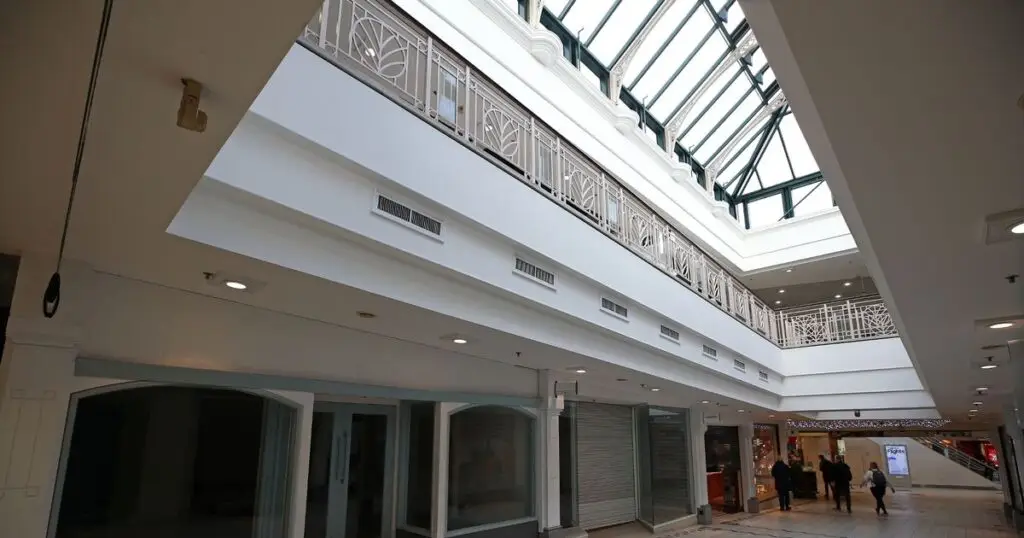Shop openings in the North East have reached their highest level in eight years, despite a concurrent rise in closures, according to recent figures.
New figures reveal a complex landscape for the North East’s high streets, recording the highest number of shop openings in eight years alongside a notable increase in closures. An analysis conducted by PwC and Green Street indicates there were 260 new chain shop openings in the region during the first half of the year. However, the same period saw 351 closures. This net loss of 91 shops constitutes the most significant decline since 2021, although the study describes the overall state of the high street as “broadly stable”.
Retail parks and shopping centres appear to be more resilient than traditional high streets. Growth has been observed in convenience stores, value retailers, and cafes, whereas the highest levels of closures were reported in chemists, chain pubs, and banks. Estate agents and employment agencies also experienced declines.
Lisa Hooker, leader of industry for consumer markets at PwC UK, noted, “It’s clear that online retail is here to stay, outpacing physical stores annually. As more brands invest in data and really understand their customer, new space increasingly seeks to meet customer trends for convenience, ease of access and fun, creating spaces that feel exciting for consumers to step into. All stakeholders, including policymakers, landlords and communities, have a role to play. While some consumer touch points, like grabbing a last minute present or a coffee can’t be replaced online, the high street will need to continue to evolve for a tech-savvy generation with new living, working and playing habits.”
Rick Jones, leader for hospitality, sport and leisure at PwC UK, highlighted the shifting consumer priorities, stating, “How consumers choose to prioritise their pounds and take up their time has changed. There’s been a continued shift, with consumers seeking new experiences and spending more time with friends and family. This should be welcome news for the hospitality sector. However, our data shows continued net closures in the first half, particularly for those businesses hardest hit by energy and labour cost inflation. Put simply, adapting to these changes has become an existential matter. As the high street continues to evolve, there will be even more opportunities for new operators to make their mark.”
The study, which involves visits to 3,500 high streets, shopping centres, and retail parks across the UK, focuses on companies with five or more outlets nationally. Notably, the North East experienced its most severe decline during the pandemic in 2020, when 502 shops closed in the first half of the year compared to 224 openings.
The figures underscore a period of significant change for the North East’s retail landscape. While the resurgence in shop openings indicates a recovery, the simultaneous increase in closures highlights ongoing challenges. Stakeholders must adapt to evolving consumer trends and economic pressures to ensure the stable future of high streets.


